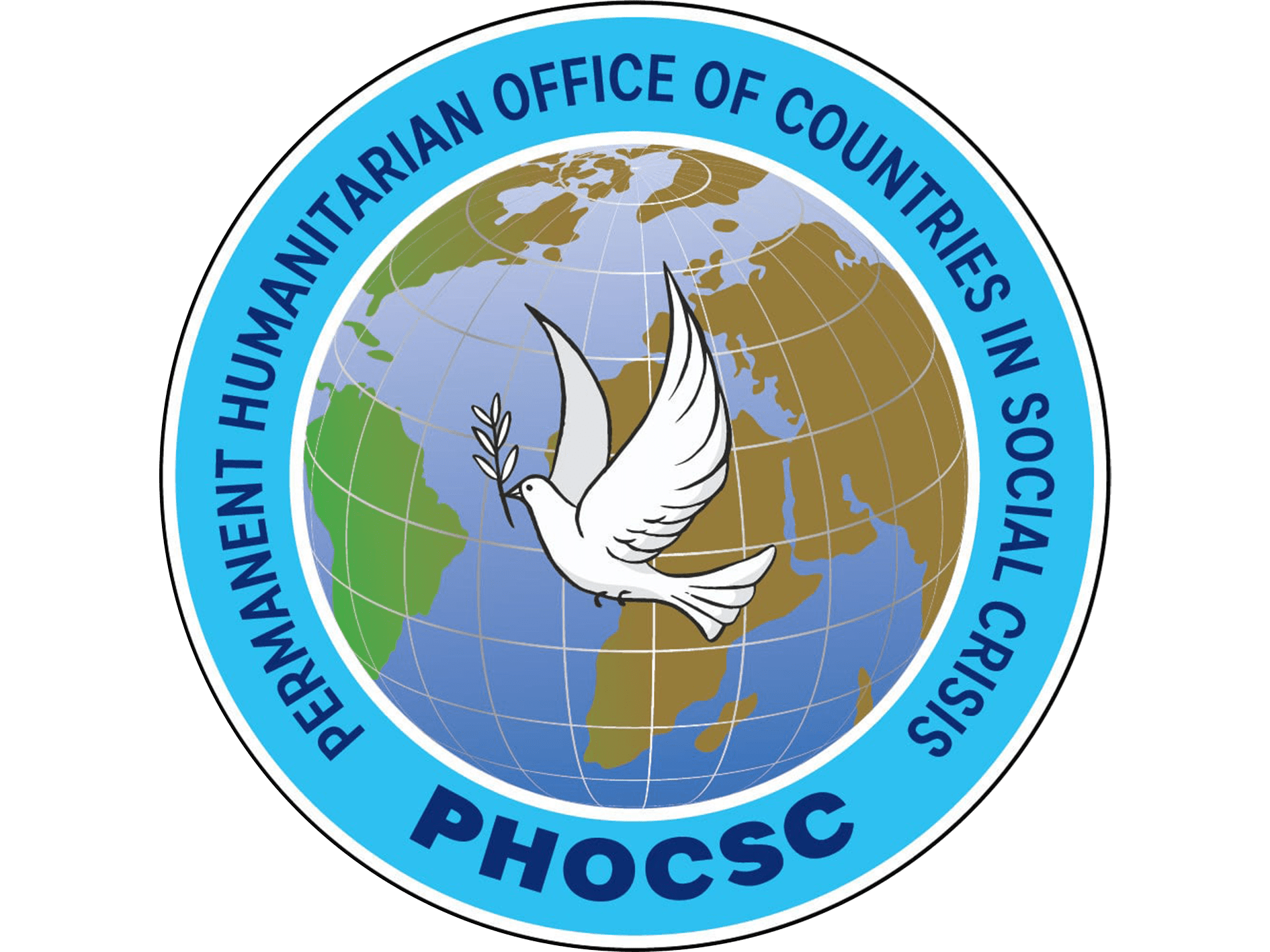In the world of humanitarian aid, certain situations capture headlines and donations, while others—despite their severity—remain in the background. At the Permanent Humanitarian Office of Countries in Social Crises (PHOCSC), we believe that no humanitarian crisis deserves to be ignored. This article seeks to highlight urgent realities in which the words “forgotten” or “ignored” appear too frequently, and to show why and how we should act.
- Yemen: A Long-Term Crisis That Continues to Worsen
The war that began in Yemen in 2014 led to what the UN itself describes as one of the worst humanitarian crises in the world. By 2025, nearly 20 million people will depend on humanitarian aid for survival, and around 4.8 million people remain internally displaced.
The United Nations in Yemen
The deadly combination of armed conflict, import blockades, destruction of health infrastructure, and disease outbreaks creates a perfect storm. Despite this, media coverage and international funding have not reached levels proportional to the disaster the population is experiencing.
Why is it going unnoticed?
Humanitarian organizations are increasingly struggling to operate: detentions of staff, confiscation of equipment, and severe restrictions create operational and information gaps.
Other more recent or media-heavy crises compete for international attention, leaving little room for longer-term scenarios like Yemen.
What is the urgent shift?
While the emergency is chronic, every month without adequate aid worsens basic living conditions: access to healthcare, sanitation, nutrition, and safe housing. Acting now is not only humanitarian but also strategic to prevent the crisis from becoming catastrophic.
- Central African Republic (CAR): The little-publicized war and its silent effects
In the Central African Republic, armed conflict, internal displacement, climate crisis, and institutional fragility are intertwined. By 2025, an estimated 2.4 million people—approximately 38% of the population—will require humanitarian assistance.
According to an analysis by the World Food Programme (WFP), more than 2.3 million people (35% of the population) will face acute food insecurity between April and August 2025.
Furthermore, thousands of women and girls who are survivors of sexual violence or internal displacement are left without access to reproductive health services.
Why does it go unnoticed?
- It is a country without major geostrategic interests or global media resources.
- Threats and displacement occur in remote areas, complicating visibility and media coverage.
- Despite its magnitude, international funding falls far short of needs.
Why does it require attention now?
Prolonged inaction can trigger hunger, further mass displacement, and the collapse of basic health and education systems. Intervening now can make the difference between a serious crisis and a humanitarian catastrophe.
- Haiti: “Forgotten” but in the midst of an emergency
Haiti is at a crossroads: urban violence, the collapse of basic services, mass displacement, and acute hunger. By 2025, an estimated 1.3 million people are expected to be internally displaced, a 24% increase from December 2024.
Regarding food security, more than 5.7 million people—more than half the country’s population—face acute food insecurity. Of these, 2.1 million are at emergency levels (IPC Phase
Furthermore, more than half a million children are displaced, representing approximately one in eight children in the country.
Why is its international visibility diminishing?
- The persistence of the crisis means that the media spotlight diminishes over time.
- The combination of gang violence, poor governance, and economic degradation does not generate “new images” that capture sustained global attention.
- Humanitarian funding is insufficient: for example, only 8% of the humanitarian response plan was funded at one stage of the year.
What happens if we don’t act now?
Deteriorating conditions could turn into a humanitarian collapse: widespread hunger, continued displacement, reduced access to health and education, increased gender-based violence, and a generation of children without schooling or opportunities.
- What role can PHOCSC play?
As an organization committed to providing essential solutions to people and communities experiencing social crisis, PHOCSC can make a difference in these invisible scenarios through:
- Direct support to affected communities in the aforementioned countries, as well as in others experiencing similar crises, through housing, healthcare, education, and community development.
- Collaboration with local and international organizations to ensure that aid reaches those most in need.
- Dissemination and awareness-raising about these “forgotten” crises to mobilize resources, volunteering, and media visibility.
- Establishing strategic alliances to complement emergency services with sustainable development.
Urgent need for intervention
Now is the time to intensify support. Every day without adequate action worsens basic living conditions: greater hunger, more displaced people, and less access to essential services. The aforementioned crises are not “distant,” but rather part of the same interconnected world to which we belong.
“Hidden” humanitarian crises are no less serious than those that receive media attention. Quite the contrary: they are often protracted, complex, and face additional barriers to access, funding, and visibility.
At PHOCSC, we reaffirm our commitment to those living in crisis environments ignored by many. Because every person, every community, deserves dignified conditions to live, develop, and thrive.
If you are looking to partner with an organization that acts with urgency, commitment, and transparency in forgotten settings, we invite you to connect with PHOCSC. Together, we can bring light, hope, and real solutions to those in need.













